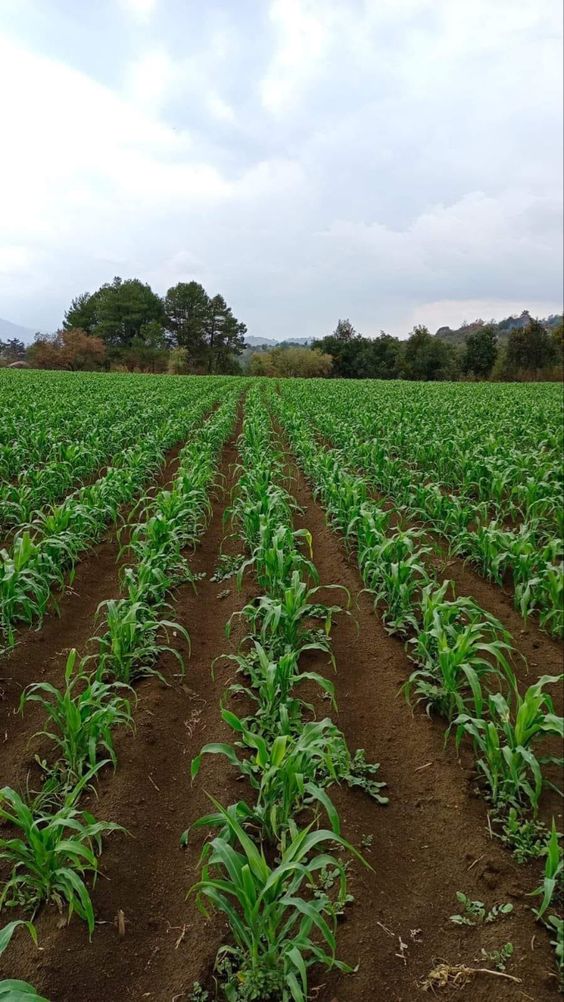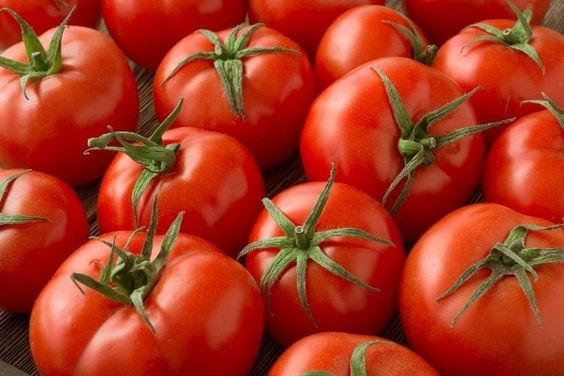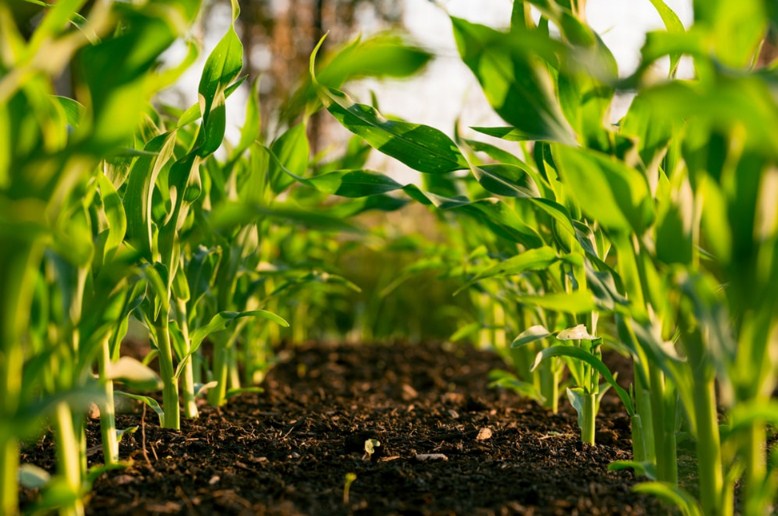Development of plant seeds: How Smart Seed Development Revolutionizes Smart Agriculture
Development of plant seeds sector is undergoing a significant transformation, driven by technological advancements and a growing need for sustainable practices. Within this smart agriculture revolution, seed development is emerging as a crucial area of innovation. High-quality seeds are the foundation of a healthy and productive crop, and leveraging technology to optimize their development can significantly impact agricultural outcomes.
This article explores the intersection of smart agriculture and Development of plant seeds, highlighting the key areas where technology is revolutionizing the process. We will delve into topics like precision breeding techniques, advanced seed treatment technologies, and data-driven seed management. By understanding these advancements, farmers can make informed decisions about incorporating smart seed development into their practices, ultimately leading to improved yields, resource efficiency, and overall agricultural sustainability.
Contents
- 1 The Importance of Seed Development in Smart Agriculture
- 2 Precision Breeding Techniques: Tailoring Seeds for Specific Needs
- 3 Advanced Seed Treatment Technologies: Protecting and Enhancing Seeds
- 4 Data-Driven Seed Management: Optimizing Every Step
- 5 Benefits of Smart Seed Development for Farmers
- 6 Challenges and Considerations for Smart Seed Development
- 7 The Future of Development of plant seeds: A Symbiosis of Technology and Nature
The Importance of Seed Development in Smart Agriculture
Development of plant seeds are the starting point of the entire agricultural cycle. Their quality directly impacts crop growth, yield potential, and resilience against pests and diseases. Traditional breeding methods, while effective, are often time-consuming and rely on chance mutations. Smart agriculture introduces innovative tools that streamline and enhance the seed development process, allowing for the creation of high-performance seeds with desirable traits.
Precision Breeding Techniques: Tailoring Seeds for Specific Needs
One of the most exciting aspects of smart seed development is the emergence of precision breeding techniques. These methods move beyond traditional breeding practices and utilize advanced technologies to target specific genes or pathways in plant genomes. Here are some key innovations in this area:
- Marker-Assisted Selection (MAS): This technique identifies specific DNA markers linked to desirable traits, such as disease resistance or improved yield. Breeders can then select plants with these markers during the breeding process, accelerating the development of varieties with those traits.
- Genome Editing: Technologies like CRISPR-Cas9 allow for precise editing of plant genomes, enabling the introduction of specific desirable traits with greater accuracy than traditional breeding. This opens doors for developing crops resistant to harsh environments or with enhanced nutritional content.
Advanced Seed Treatment Technologies: Protecting and Enhancing Seeds
Development of plant seeds face various challenges before they germinate and establish themselves. Smart seed development incorporates advanced seed treatment technologies to address these challenges and improve seedling establishment. These technologies include:
- Seed Coating: Applying a thin layer of protective material around the seed can enhance seed longevity, improve nutrient delivery during germination, and act as a barrier against pests and diseases.
- Pelleting: Encasing the seed in a larger pellet allows for easier handling during planting, especially for small seeds. Pellets can also be infused with fertilizers, fungicides, or insecticides to provide the seedling with a vital head start.
- Inoculation: Introducing beneficial bacteria or fungi onto the seed surface can promote root development and nutrient uptake, contributing to a stronger and healthier crop.
Data-Driven Seed Management: Optimizing Every Step
The integration of data analytics in smart Development of plant seeds allows for informed decision-making at all stages. By employing sensors in breeding plots and collecting data on various parameters like soil conditions, temperature, and germination rates, breeders can identify optimal growing conditions and optimize seed production strategies. Additionally, data-driven seed management systems can track the movement and storage of seeds, ensuring they reach farmers with optimal viability.
Benefits of Smart Seed Development for Farmers
By adopting smart Development of plant seeds practices, farmers can reap several benefits:
- Increased Crop Yields: High-performance seeds with improved genetic traits and enhanced resistance to diseases and pests can lead to significant yield increases.
- Improved Resource Efficiency: Optimized seed treatments can improve seedling establishment and plant health, leading to better use of water, fertilizer, and other resources.
- Reduced Risk: Smart seeds offer greater resilience against environmental challenges and pests, minimizing crop losses and improving farm income stability.
- Enhanced Farm Management: Data-driven seed management tools provide farmers with valuable insights into seed viability and performance, allowing for better planning and decision-making.
Challenges and Considerations for Smart Seed Development
While smart Development of plant seeds offers significant potential, there are challenges to be addressed:
- Cost: Integrating advanced technologies into the seed development process can be expensive. It’s crucial for farmers to assess the cost-benefit analysis before adopting these methods.
- Regulations: Regulatory frameworks for genetically modified seeds vary across countries. Farmers need to be aware of regulations in their regions to ensure compliance.
- Accessibility: Ensuring access to smart seeds for small-scale farmers in developing countries is crucial for widespread adoption and ensuring global food security.
The Future of Development of plant seeds: A Symbiosis of Technology and Nature
Looking ahead, smart Development of plant seeds will continue to evolve at a rapid pace. Integration of artificial intelligence and machine learning can further accelerate the identification of desirable traits and optimize breeding programs. Additionally, advances in nanotechnology hold promise for developing even more sophisticated seed coatings. However, it’s important to remember that smart seed development should not replace traditional breeding practices. Instead, it should be seen




